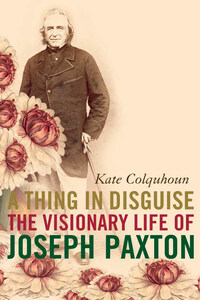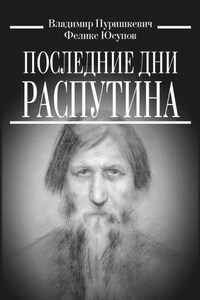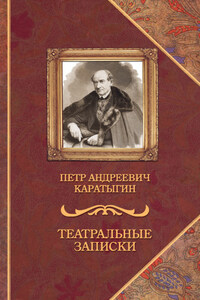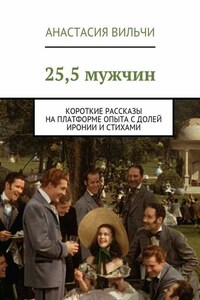She did not have to be told ⦠that glass is a thing in disguise, an actor, is not solid at all, but liquid, that an old sheet of glass will not only take on a royal and purplish tinge but will reveal its true liquid nature by having grown fatter at the bottom and thinner at the top, and that even while it is as frail as the ice on a Paramatta puddle, it is stronger under compression than Sydney sandstone, that it is invisible, solid, in short, a joyous and paradoxical thing, as good a material as any to build a life from.
Peter Carey, Oscar and Lucinda
Just after 7 p.m. on Monday, 30 November 1936, a small fire started under the central transept of the Crystal Palace in south London, the greatest glasshouse ever built.
Preparations for The National Cat Show to begin the next day had just been finalised. A choir was rehearsing in the garden room, birds ruffled their feathers in the aviaries. Otherwise the Palace â with its nave of 1,608 feet and main transept larger than the dome of St Peterâs in Rome â was still. Its enormous frosty surface, made up of over 1,500,000 square feet of glass, glittered and, as the moon emerged occasionally from the cloud, it struck the statues in the formal, terraced gardens spreading out below the building. In the surrounding boroughs, families prepared their evening meals and planned their Christmases.
The two Palace nightwatchmen on duty that evening were rather slow on the uptake. Their first call was made to the Penge Fire Brigade just before eight oâclock, by which time the flames could be seen clearly from outside the building and street fire alarms were being activated all over the area. At 7.45 p.m. Police Constable Parkin, passing on a bus, was one of many who also called the brigade. They arrived at 8.03 p.m. with their one, slow fire engine. Beckenham Fire Brigade followed within a couple of minutes, and soon a call went out to all the brigades in London to join them. On the great ridge, a fresh force 5 wind from the north-west fanned the fire like bellows and drove it down the giant south nave. Within 30 minutes, all the central parts of the building were ablaze â wild waves of flame battered relentlessly against the glass and leapt right up to the roof. Encouraged by the wind, the fire devoured the great stage and organ, the 20,000 chairs stored underneath and the floors themselves. It fed on the figures in a waxwork exhibition, the plants and trees, the stuffed animals and the various exhibits. It reached such an astonishing intensity of heat that the iron framework glowed white, buckled and, one by one, the vast glass panes began to explode.
As armies of fire fighters and fire engines with their bells clanging arrived from all over London, the practising choir was evacuated, the exotic birds in the aviaries freed from their cages to fly up into the smoke and take their chances. The gas company worked fast to dig a trench to cut off the main gas supply Air forced through the organ pipes caused it to groan accompaniment. Motor pumps and turntable ladders were set up on the wide parade. Precariously balanced firemen turned scores of hoses on the fire and the new hose-lorry of the London Fire Brigade, which could reel out 1½ miles of hose at a speed of 15 miles an hour, was used for the first time after being demonstrated only the afternoon before. However, the brigade could do little but delay the inevitable. High on the hill the water pressure was simply not strong enough. Using the five million gallons of water available in the upper reservoir, still the hoses had negligible effect. Just short of an hour after the fire began, the entire building was in flames and the firemen had to retreat to 100 feet beyond the glowing mass.
Clouds of smoke stretched for miles. An exaggerated, orange glow took over the sky. It was seen in eight counties â as far as Devilâs Dyke near Brighton, about 50 miles away â causing hundreds of thousands of people to converge on the high ground of the South Downs at Epsom and on Hampstead Heath across the Thames. Tens of thousands more swarmed by every means to the Palace itself, hampering the emergency services in their race to the hill. One newspaper later reported that a parked car, used as a grandstand by hordes of onlookers, collapsed and was found the following day with its tyres burst and its wheels splayed at each corner. Many hundreds of bicycles were deserted as it became impossible to ride or push them through the dense crowds.








